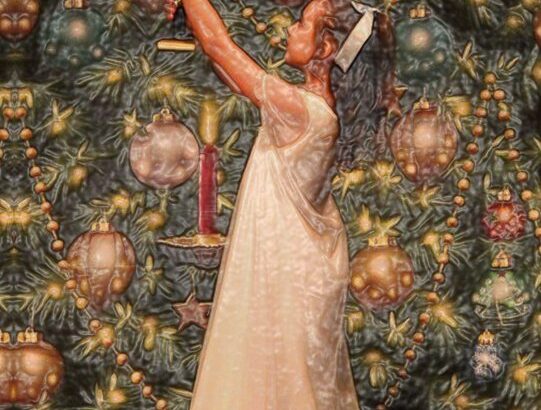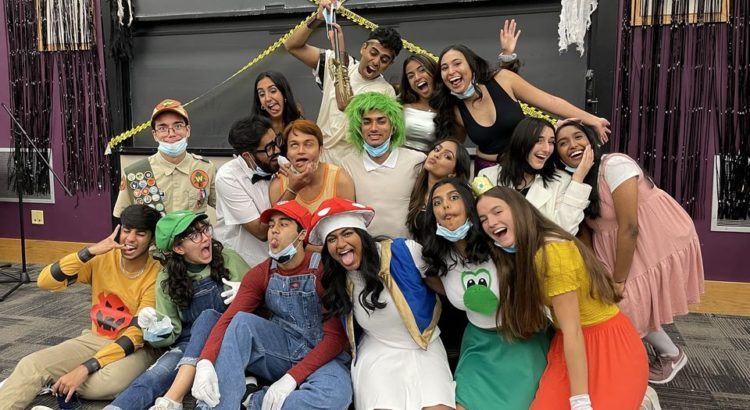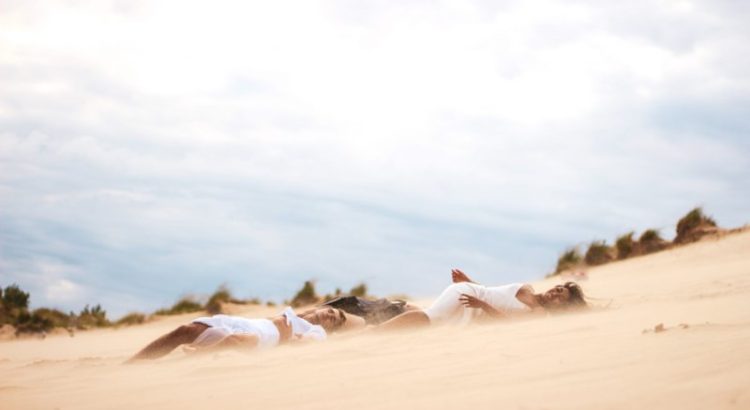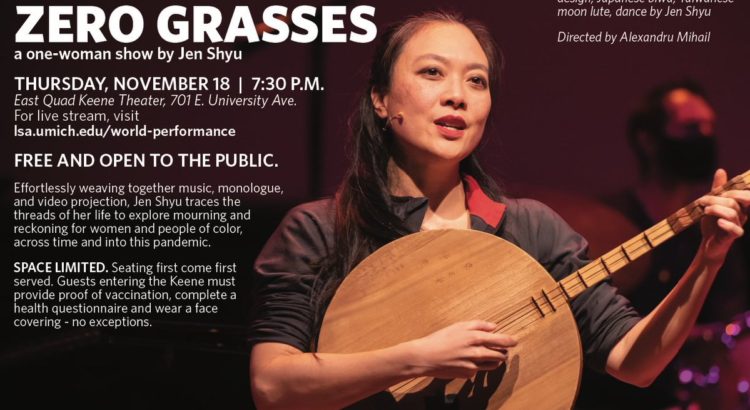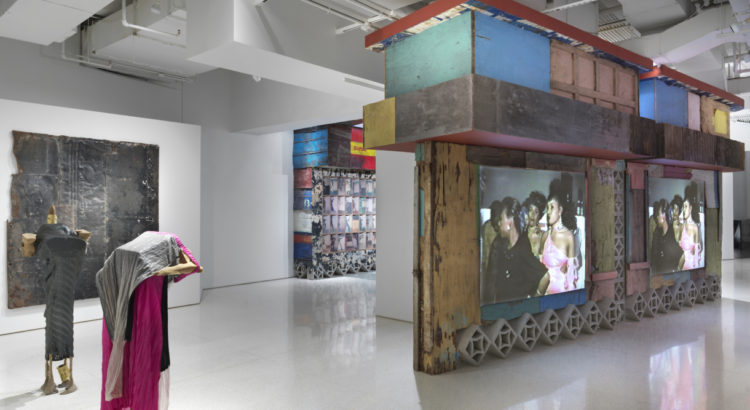While watching this show I kept thinking of what words to use to describe how awesome this is.
The Short and Suite Nutcracker by the Randazzo Dance company was a dance show featuring different dance styles. It had ballet, jazz, tap dancing, and more. For the tap-dancing, and some jazz performances there was live music which added a cherry on top. The kaleidoscope of genres kept the show refreshing and fun. I am not exaggerating when I say there were no dull moments.
All the dancers performed extremely well. There were dancers as young as, I might say, 5 years old to the oldest being seniors in high school. It was such a joy and privilege to watch all these young performers. It was wonderful to see them flaunt their skills and months of hard work. Despite the sheer number of performers, dance genres, set changes, etc. the show went smoothly. Thereby showing how well organized it was and how much practice the performers had done.
No part of this show was left unpolished. The costumes were simply gorgeous. They had been designed to really shine on stage and make every child look like a professional. The choice of music was tasteful and never boring. The lighting was well done as well as all the fun props and backgrounds.
In the second half of the show, the dances became more festive. There was a plot following the dances and it was a lot of fun. The dancers performed acrobatics, played with giant soft toys, did costume changes, and much more. It was a lively time. Their holiday energy was infectious and the pacing of the dances made the ending really extravagant and over the top in the best way possible.
I am glad I got to see all these extremely talented performers. No praises are enough for them. I know I will be on the lookout for any showcases from the Randazzo dance company!

